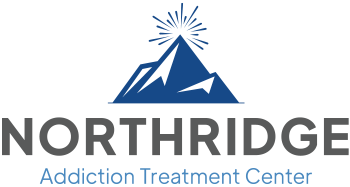What Is Polysubstance Abuse?
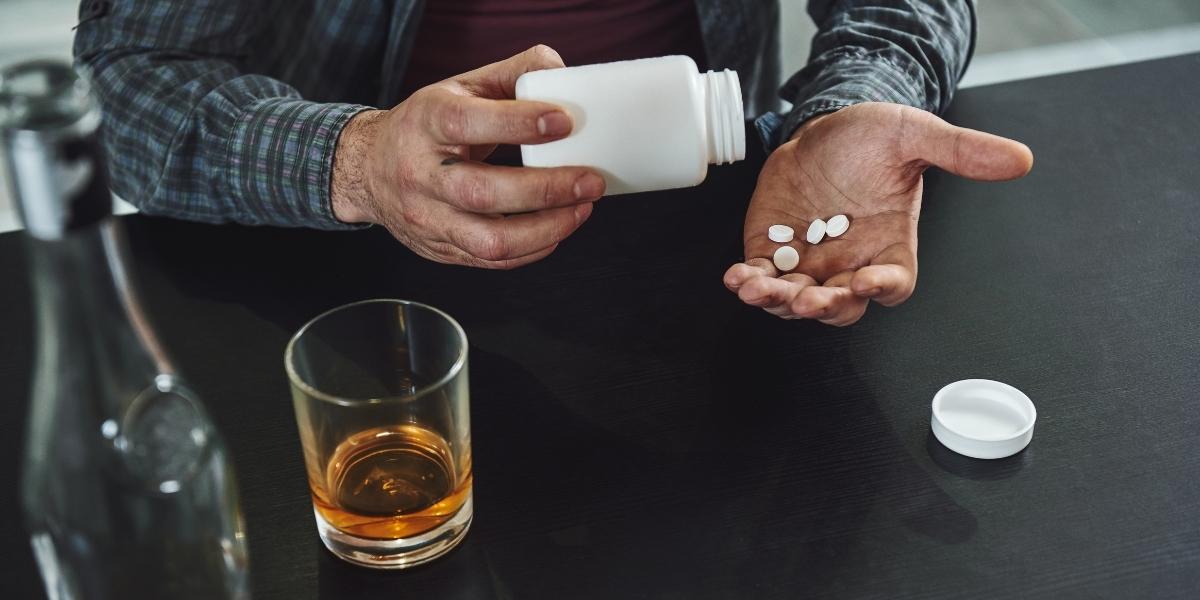
In the United States, most people will experiment with drugs and alcohol and incorporate them into their social routines. A few bumps of cocaine after drinking or mixing prescription drugs with alcohol and a joint to relax, even taking drugs at a rave one night and using Xanax to calm down the next day.
None of these people would consider their behavior polysubstance abuse, but it is.
Polysubstance abuse is a unique drug addiction, often characterized by a pattern of behavior more than an addiction to a specific drug that will affect millions of people yearly.
Polydrug abuse, mixing substances, illicit or legal, increases the odds of addiction, mental and physical health problems, and accidental overdose and death.
What Is Polysubstance Abuse?
Taking more than one substance at a time or one after the other is considered polysubstance abuse.
Polysubstance use doesn’t refer only to illicit drugs; it also includes prescription drugs and alcohol.
Abusing multiple drugs is often more about the feeling of being high than an addiction to a specific substance combination. While some people have preferred mixtures, it is about taking what is available just as often.
A person who does a coke bump after a few drinks and then takes a sleeping pill when they get home is a polysubstance abuser. So is a person who takes prescription pain killers from their doctor and takes an antianxiety medication simultaneously.
A college student who binge drinks one night, does MDMA the next night and smokes a joint the following day is also a polysubstance abuser.
Polysubstance dependence is often a situational and behavioral addiction rather than a physical one.
Polysubstance Use Disorder
The previous version of the Diagnostic and Statistical Manual of Mental Disorders (DSM-IV), the authoritative manual for diagnosing mental health conditions, defined polysubstance abuse as using three or more drugs simultaneously or within a short period without any particular preference.
The updated Diagnostic and Statistical Manual of Mental Disorders (DMS-V) eliminated the diagnosis of polysubstance use disorder when it updated the criteria for substance use disorders.
Researchers felt that polysubstance use disorder was unclear when it came to diagnosis criteria or effective treatment suggestions.
The Centers for Disease Control and Prevention (CDC) separates polydrug use into intentional and unintentional.
- Intentional polydrug use occurs when a person intentionally takes a drug to increase or decrease the effects of a different substance or experience the effects of the combination of drugs.
- Unintentional polydrug use occurs when a person takes drugs that have been mixed or cut with another drug without their knowledge.
There is still a distinction between being addicted to more than one specific drug, for instance, a person with an opiate use disorder and an alcohol use disorder, and a person who mixes whatever drugs are available to them.
Some of the most commonly combined substances polydrug users reported using include:
- Alcohol, cocaine, and marijuana
- Alcohol and opiates and/or benzodiazepines
- Alcohol and prescription medications
- Opiates and cocaine
- Multiple opioids
- New psychoactive substances (NPS) like kratom, DMT, MDMA, etc., and alcohol and stimulants
Treatment for polysubstance abuse often requires detailed and comprehensive treatment plans to address the physical and mental aspects of abusing multiple substances.
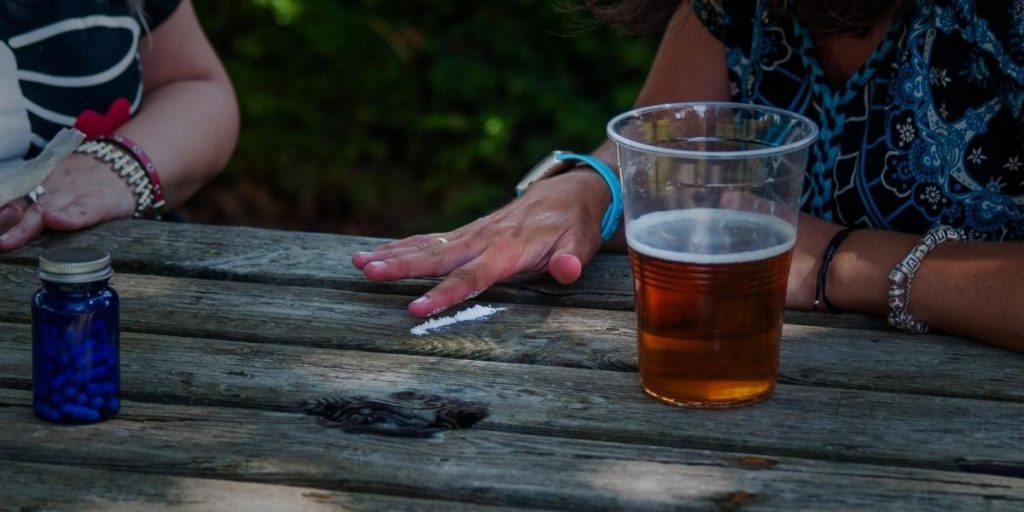
Effects of Polysubstance Use
Mixing multiple drugs and alcohol increases the risk of adverse side effects, both short-term and long-term, withdrawal symptoms, and risk of overdose and medical emergencies.
Polysubstance abuse, mixing alcohol and drugs, or mixing drugs of different types can have as many possible side effects as combinations of substances.
Some of the most common side effects of polysubstance use include:
- Respiratory depression
- Heart rate changes and inconsistencies
- Dangerous blood pressure changes
- Increased tolerance to multiple substances
- Vomiting
- Sweating
- Muscle spasms and twitching
- Decreased cognitive function
- Blacking out
- Increased risk of polydrug dependence
- Organ damage
- Risky sexual behavior
- Aggressive behavior
- Nerve damage
- Worsening of existing mental illness
- Alcohol poisoning
- Seizures
- Choking
- Overdose
- Coma
- Death
The way that substances combine and react in the body can result in overlapping side effects or create unique reactions with each other. For instance, if you mix alcohol and drugs like opioids, both are central nervous system depressants, it can lead to respiratory depression resulting in a coma or death in some cases.
Suppose you are mixing drugs with opposite effects, like cocaine and opioids; in that case, you’ll feel fewer effects of each substance, increasing the risk of ingesting more and an accidental overdose.
Cocaine combined with alcohol produces cocaethylene in the liver. This metabolite increases the risk of sudden heart attacks and strokes and lessens the effects of alcohol, increasing the chances of alcohol poisoning.
Frequently, people are unaware of how dangerous combining substances can be, which means they usually are unaware of the warning signs of medical emergencies and overdoses.
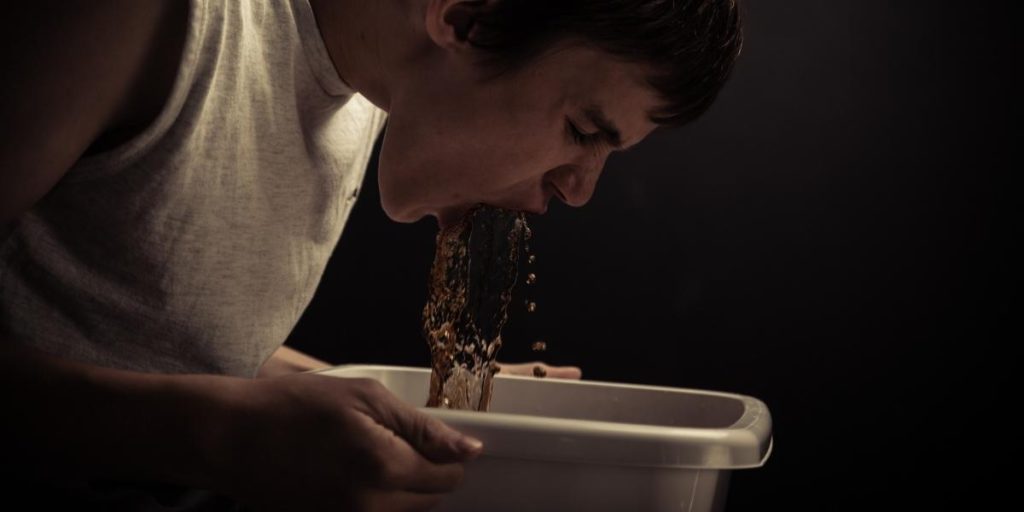
Polysubstance Overdose
A study conducted throughout the United States in 2020 found polysubstance overdoses account for 38% of reported accidental deaths on average. Most victims had a combination of three or more substances in their systems when they died.
Due to underreporting and limited studies, the number of overdoses and deaths related to polysubstance abuse is likely higher in reality. A polysubstance overdose is especially hard to treat because it can be difficult to tell what substances are causing which symptoms, and not all drugs have an antidote.
While every substance has different overdose symptoms, there are some crucial signs you can learn.
Common overdose reactions include:
- Confusion
- Unbalanced or unable to sit or stand upright
- Fast breathing or hyperventilating
- Extremely slow or shallow breathing
- Chest pain
- Nausea and vomiting
- Weak pulse
- Passing out
- Dilated pupils
- Eyes rolling back
- Seizures
- Unresponsive to stimuli
- Loss of bladder and bowel control
If an overdose is occurring, call 911 immediately, and follow these steps until help arrives:
- Administer naloxone (Narcan) if it is available
- Place the person on the ground, on their side to prevent choking
- Try to keep them awake and breathing
- Stay with them until help arrives
Narcan or naloxone will reverse an overdose if the person only used a combination of opioids.
If you are unsure what a person has taken or suspect opioids, a dose of Narcan will not have adverse effects. If Narcan doesn’t help, make sure to tell emergency responders so they can rule out opioids and try alternate treatments. It is always essential to provide as much information as possible about what substances are involved to ensure the most effective treatment possible.
A person suffering an overdose from mixing alcohol and stimulants, or other non-opioid combinations, will need emergency medical help and multiple treatments from medical professionals.
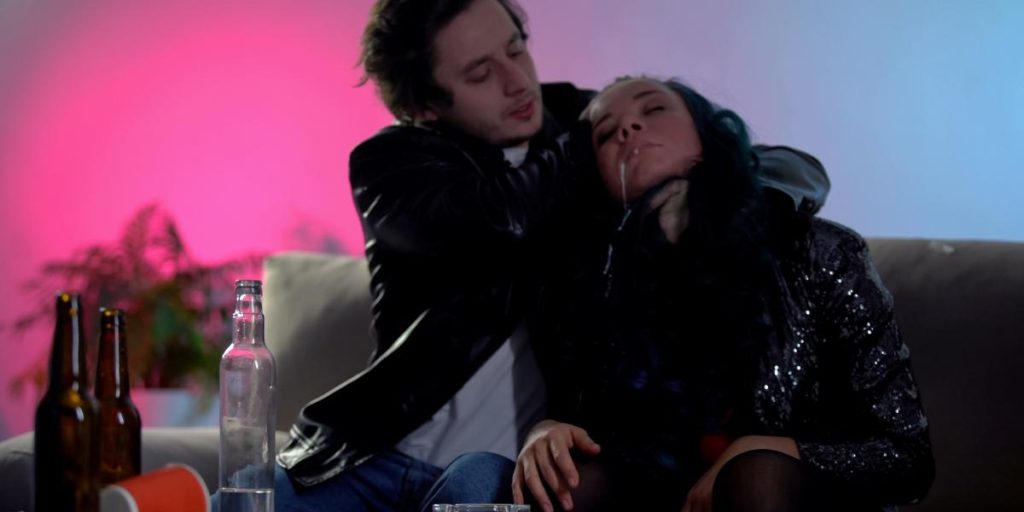
Treatment for Polysubstance Abuse
Drug abuse’s physical, mental, and behavioral aspects require a multi-layered, comprehensive treatment plan that addresses every aspect of addiction.
At Northridge Addiction Treatment Center, we use evidence-based therapies and custom tailor each resident’s treatment plan according to their unique needs. Our professional, multi-disciplinary staff treats residents with dignity and respect— fostering their confidence in recovery.
In the valley of Los Angeles, our residential treatment center serves as the ideal sanctuary for healing, offering beautiful scenery, catered healthy meals, enjoyable amenities, and privacy. Northridge Addiction Treatment Center uses dual diagnosis to simultaneously treat substance use disorders and co-occurring mental health disorders, guaranteeing we treat the person, not just the addiction.
At NATC, we know polysubstance withdrawal can be complicated and uncomfortable. Our onsite medical detox with 24-hour medical care ensures you are comfortable and safe during the most challenging and dangerous part of treatment.
Our treatment specialists are eager to help you. Contact us now to take the first steps on your path to recovery.
Find Meaningful Recovery
Our caring and compassionate specialists are eager to help you comfortably navigate this journey to recovery. Our individualized treatment plan, programs, and therapies may be a perfect match for you or your loved one. Let us assist you in living the happy life you deserve. It starts with a phone call.

